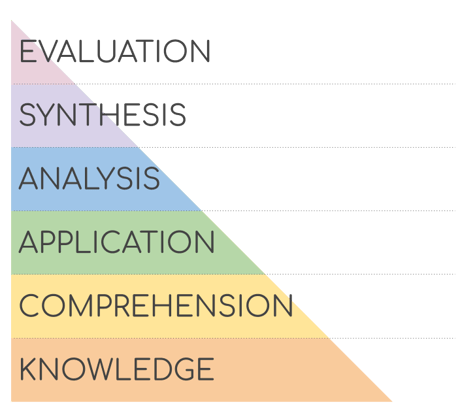Understanding User Needs: The Foundation of Successful Engineering Projects
Part 1: Unveiling the key to project success - a deep dive into user needs analysis
USER NEEDS ANALYSIS


Welcome to the first part of our blog series on engineering excellence! In this instalment, we embark on a journey to explore the cornerstone of successful engineering projects - understanding user needs. We will delve into the significance of user needs analysis, its evolution, and the pivotal role it plays in shaping the path to engineering excellence.
Key Concepts and Background:
In the ever-changing landscape of engineering, the importance of user needs analysis cannot be overstated. It has transformed from being an afterthought to a fundamental aspect of product development. The driving force behind this evolution is the realization that understanding and meeting user requirements are paramount to achieving success. Engineers have come to appreciate that by putting users at the centre of the development process, they can create products that go beyond mere functionality to deliver exceptional experiences.
User needs analysis focuses on gaining a deep understanding of the target audience's desires, pain points, and aspirations. By leveraging this understanding, engineers can align their efforts with user expectations, resulting in products that not only meet but exceed the needs of their intended audience.
Why is User Needs Analysis Important?
User needs analysis forms the very foundation of successful engineering projects. By comprehensively understanding user requirements, engineers can make informed decisions throughout the development process. This enables them to create solutions that cater precisely to the needs of their users, leading to improved product adoption, heightened customer satisfaction, and a competitive edge in the market.
When engineers prioritize user needs from the outset, they ensure that their efforts are channelled into creating products that truly resonate with their target audience. By addressing user pain points and catering to their aspirations, engineers can build a loyal customer base and establish themselves as industry leaders.
Effective user needs analysis is not a one-time event but rather a continual process that adapts to the dynamic nature of user expectations and technological advancements. Embracing this iterative approach enables engineers to stay relevant and aligned with ever-evolving user needs.
What is User-Centred Design:
User-Centred Design (UCD) is a design philosophy that places the needs, preferences, and experiences of users at the forefront of the product development process. It involves understanding users' behaviours, motivations, and pain points to create solutions that cater to their specific requirements. UCD aims to ensure that the end product is not only functional and aesthetically pleasing but also intuitive and enjoyable to use. Key characteristics and principles of User-Centred Design include:
Empathy: UCD involves actively empathizing with users to understand their perspectives and challenges.
Iterative Process: It follows an iterative approach, where designs are continuously refined based on user feedback.
User Research: UCD relies on various user research methods like interviews, surveys, and observation to gather insights.
Prototyping: Creating early prototypes allows for testing and validating design concepts with real users.
Accessibility and Inclusivity: UCD strives to make products accessible to a diverse range of users, including those with disabilities.
Usability Testing: Conducting usability testing helps identify usability issues and gather user feedback for improvements.
User Journey Mapping: Mapping user journeys helps visualize and optimize the entire user experience.
By adhering to User-Centred Design principles, designers and engineers can deliver products that truly resonate with users, fostering long-term satisfaction and loyalty.
The Power of User-Centred Design:
User-centred design is at the heart of successful user needs analysis. It involves actively involving users throughout the development process, from the early stages of ideation to the final product delivery. By integrating user feedback, engineers can ensure that their solutions align with real-world scenarios, ensuring practicality and usability.
Incorporating user feedback helps identify potential issues and enables engineers to fine-tune their designs, enhancing the overall user experience. This iterative feedback loop leads to continual improvements, enabling engineers to deliver products that address user needs accurately and effectively.
Closing Thoughts:
Understanding user needs is the gateway to engineering excellence. By prioritizing user needs analysis, engineers embark on a journey towards creating products that not only satisfy functional requirements but also create lasting impressions on their users. The evolution of user-cantered design and the integration of user needs analysis from the outset are critical components that pave the way for successful engineering projects.
In the upcoming blog posts, we will delve deeper into the methods, technologies, and best practices involved in user needs analysis. Join us on this transformative journey to engineering excellence as we unlock the secrets to understanding user needs, translating them into requirements, and continuously adapting to the ever-changing landscape of user expectations. Stay tuned for the next instalment, where we explore the process of translating user needs into actionable requirements and bridging the gap between user expectations and engineering solutions. Let's embark on this path together, as we strive to deliver engineering excellence in every project we undertake.
